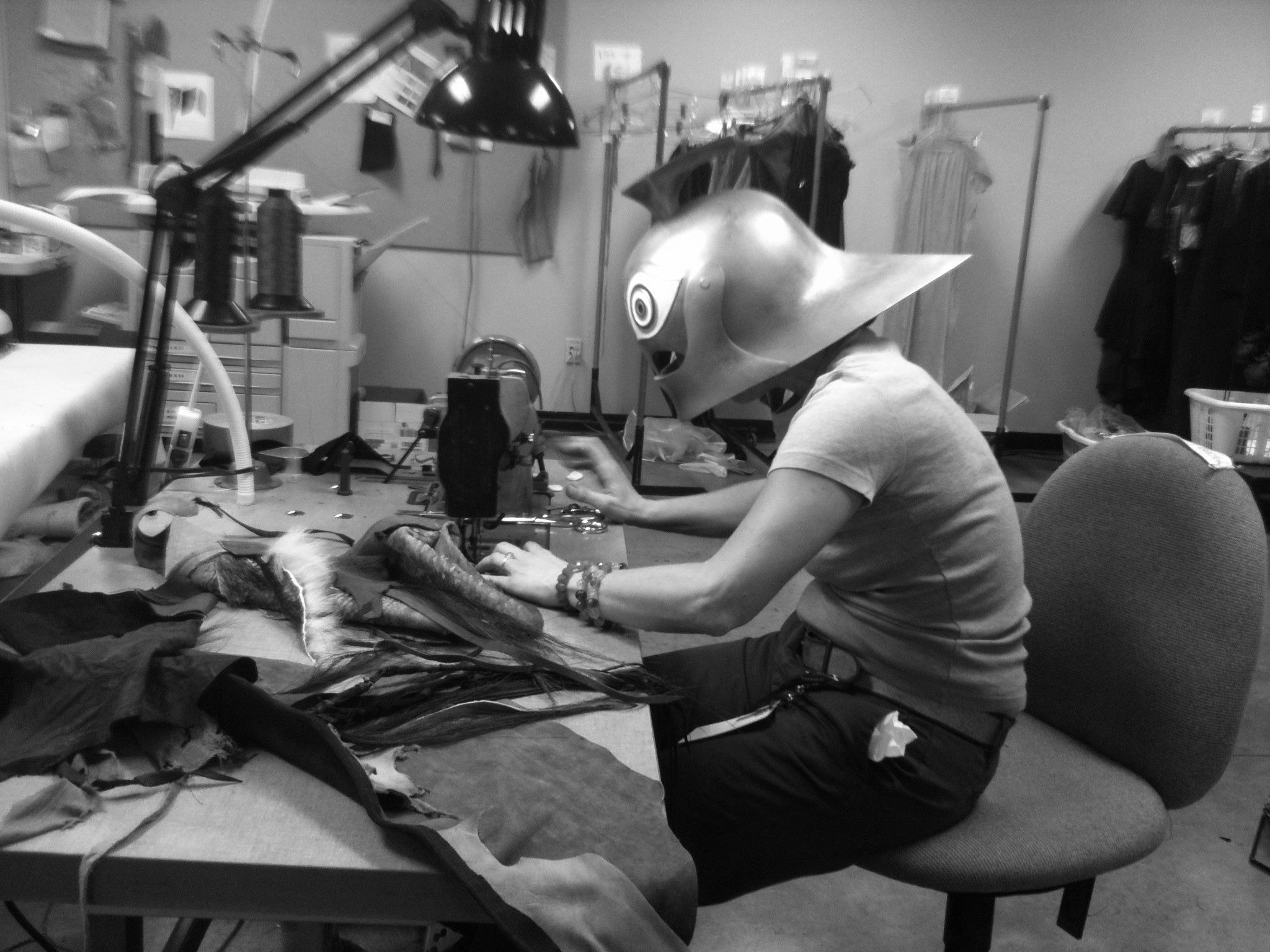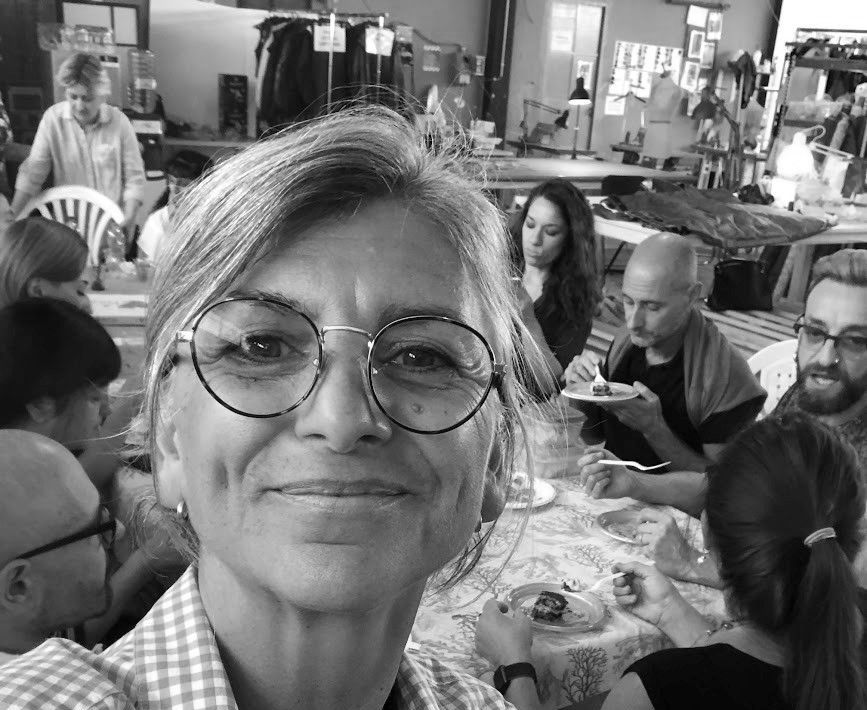Simonetta Mariano - Costume designer
Publié le November 3, 2022
.png)
Translated from French
WHAT IS YOUR JOB? HOW WOULD YOU DESCRIBE YOUR WORK?
As a costume designer, my job is to express the character's features through their clothes, in keeping with the period, the climate, the culture, the reality of the film, be it terrestrial or extraterrestrial.
I design, create, choose and assemble everything that goes into the costume, from the underwear to the armour. Every detail is scrutinized in minute detail to create the desired reality and make sure the outfits are consistent. Finding the right costume isn't always easy. Everyone has to work together: bringing the characters to life and making it possible for the actors to embody them requires coordination and joint effort by the buyer, the cutter, the costume designer, the seamstress, the assistant and the coordinator. Our jobs are off-screen but they are essential to the production.
WHAT PART OF THE JOB DO YOU LIKE THE BEST?
The costume designer is involved at different stages of the project. During preproduction, my team and I start translating our ideas into reality, according to the needs of the director and the decoration and logistics departments. I really enjoy designing clothes, playing with different materials, making costumes for fantasy, period pieces, sci-fi. Contemporary clothing is too subjective for my liking; opinions are too divided. Getting it approved can be a hassle.
My job also allows me to travel to amazing places, develop all sorts of technical skills, and meet great craftsmen. I remember being blown away by the sight of open-air dyeing basins, by methods for shaping metal into crowns and leather into shoes. These are age-old techniques that are timeless!
And there is nothing like the looks on the faces of the crew when they see the actor step onto the set in costume for the first time. It's a magical moment that thrills everyone!
WOULD YOU RATHER WORK ON A PERIOD PIECE OR A SCI-FI FILM?
I like them both for different reasons. Every period is unique. When I'm working on a period film, I study the history of the age and I like to learn new things.
On the other hand, science fiction allows you more room for creativity. I often have carte blanche for the costumes. You can have anachronisms, and mix articles from different eras or cultures to create unique pieces. But that doesn't mean sci-fi costumes are easier to make. Vin Diesel's outfit in Riddick gave me the most trouble. It took us three months to make his warrior gear.

IS THERE AN ANECDOTE ABOUT YOUR WORK THAT COMES TO MIND?
While shooting a Mafia flic in Italy, several squibs [packs of fake blood] attached to a costume in my truck emptied onto the floor. Some of the fake blood flowed out the back door. When I got there, a crowd of worried passers-by and Carabinieri were gathered around the truck. Fortunately I can speak Italian, so I was able to quickly clear things up.
HOW DO YOU SEE THE FUTURE OF THE PROFESSION?
The Internet has made research much easier, especially for period fashions and dress codes. We can now access historical facts, descriptions of materials and reference documents on costumers in a few clicks. However, the technology hasn't advanced when it comes to technical skills. Costumes are still sewn at the same speed as the first sewing machine in 1848, about 200 stitches per minute. Producers and directors must take this into account when they ask for a costume.
Skilled craftspeople are also increasingly hard to find these days. To preserve the skilled trades needed by the costume department, we need to offer more training and mentoring programs and pass the knowledge down from one generation to the next. I feel it is my duty to take the young graduates on my team under my wing and inspire them, as the know-how is mostly learned on the job. Otherwise, there will be no more nimble fingers to embroider, bead, knit, crochet, colour, quilt, braid, wax and sculpt.
WHAT WOULD YOU SAY IS THE QUEBEC AUDIOVISUAL INDUSTRY’S GREATEST STRENGTH?
Quebec technicians are creative and resourceful. They have the talent to create beautiful things with scant resources. Each film production is a learning experience that gives us more dexterity, creativity, credibility and skill. In my opinion, to draw more foreign productions to Quebec, we need to hire more local department heads, rethink the way we attract producers and adjust to the Hollywood market. Let's use our unique assets to ensure our industry's future in Quebec!
